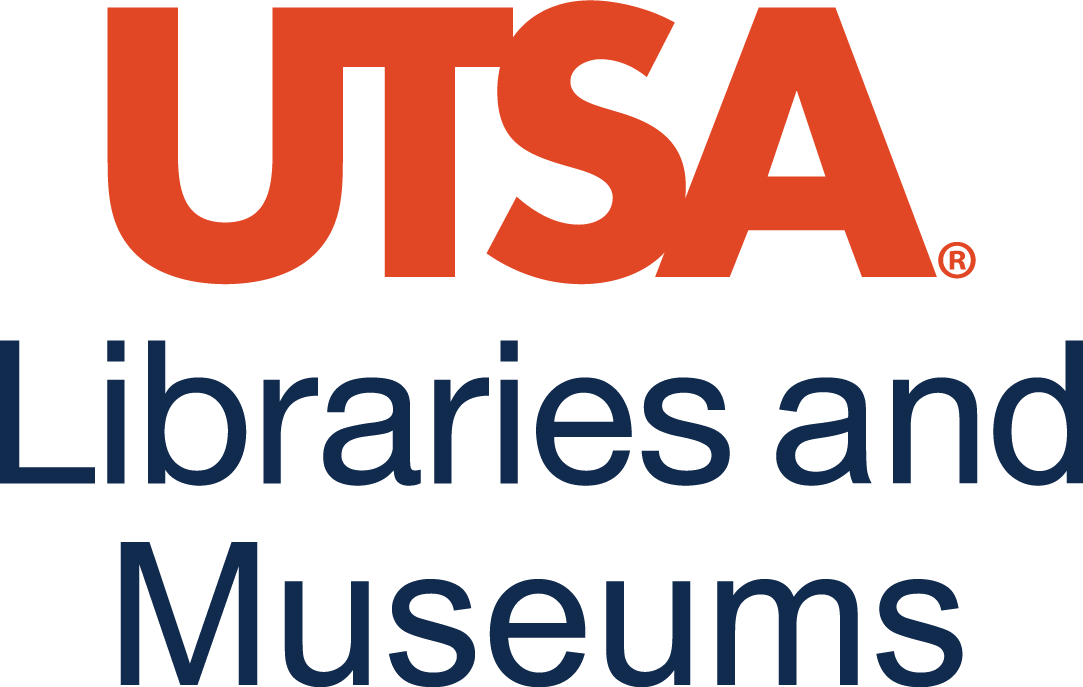Introduction
Spanish as a Heritage Language (SHL) courses are designed for learners who have been exposed to Spanish from a young age, typically within their homes or communities. SHL instruction acknowledges the unique challenges faced by heritage learners and focuses on building upon their existing language skills. Furthermore, SHL classes incorporate content that reflect the cultural and linguistic realities of the students they serve. In this book, we aim to use place-based, asset-based, and student-centered approaches to teaching SHL to heritage learners in South Texas.
QUIENES SOMOS: Who is a Heritage Learner of Spanish?
Step I: Investigate the term heritage learner.
Step II: Craft your own definition for heritage learner.
Step III: In 150 words, discuss the ways in which you identify and/or do not identify with heritage learner. Explain. Your response can be written in Spanglish, Spanish, or English. The following questions can help you get started:
- How does the concept of heritage learner resonate with your own linguistic experiences and background?
- How does being a heritage learner shapes your linguistic and cultural identity?
- In what ways does your heritage language contribute to your sense of self?
Step IV: In groups of three, share your reflections and definitions. Are they similar or different? In what ways?
Optional: Search for information about your institution’s SHL Program online. Do they have their own website or social media? If so, can you find how your program defines heritage learner? How does it compare to your definitions? What support systems are available to heritage learners in your educational institution?
